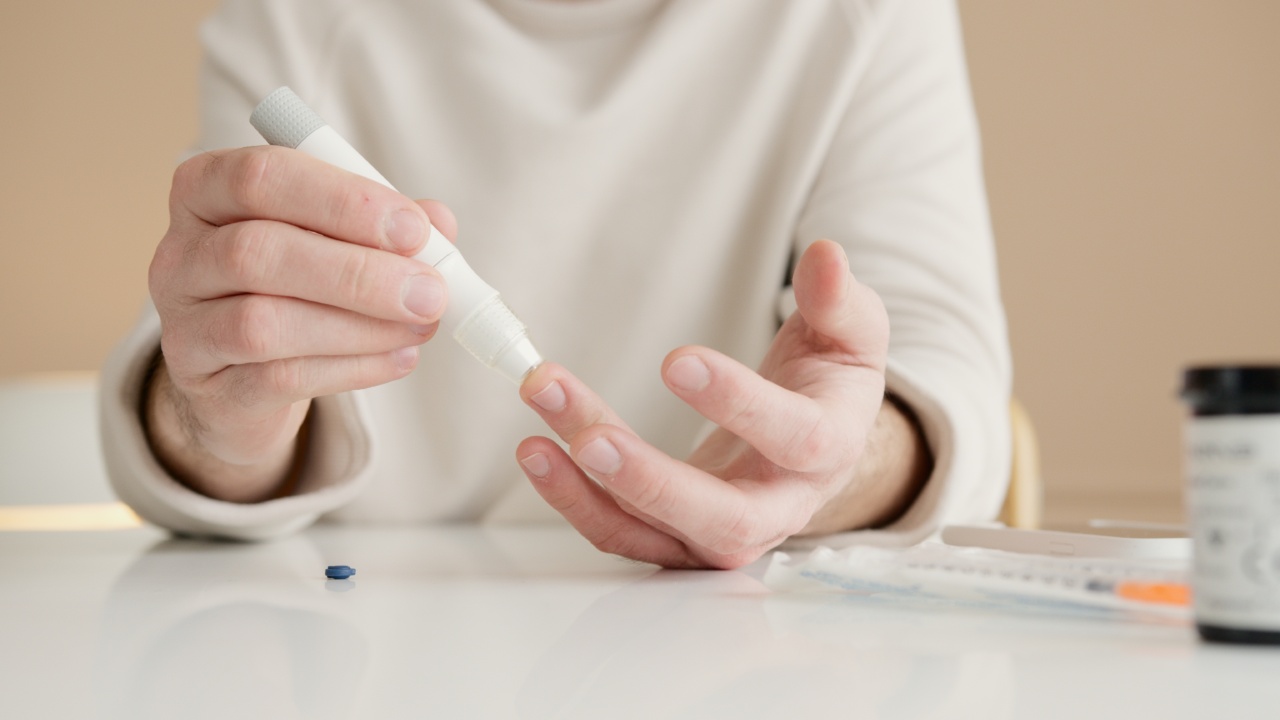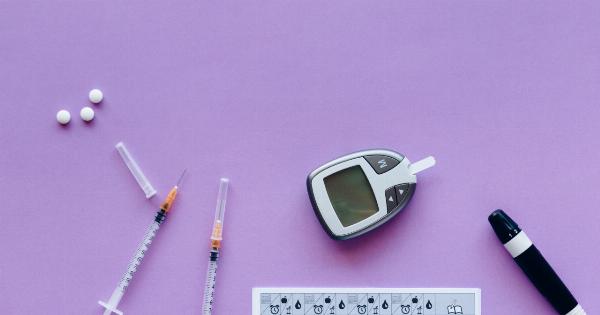High blood sugar levels are a common concern for many people living with diabetes. However, many individuals with diabetes have found that their blood sugar levels are at their peak during the early morning hours.
This is known as the dawn phenomenon, which is the result of hormonal changes that occur during sleep. Knowing the effects of the dawn phenomenon can help individuals with diabetes better manage their blood sugar levels.
What is the Dawn Phenomenon?
The dawn phenomenon is a natural occurrence where hormone levels in the body change in response to waking up and starting the day.
During the early morning hours, a person’s body begins to release hormones that can cause their liver to release more glucose into the bloodstream. This is done to provide enough energy for the body to function throughout the day.
Individuals living with diabetes are unable to regulate blood sugar levels in the same way that a non-diabetic individual can. The body’s insulin response is compromised, and it cannot react to the increased glucose level production from the liver.
This phenomenon results in elevated blood glucose levels in the morning.
How the Dawn Phenomenon Affects Blood Glucose Levels
The dawn phenomenon can significantly impact blood glucose levels for individuals living with diabetes.
If a person has uncontrolled blood glucose levels throughout the night, morning glucose levels can become dangerously high, potentially leading to ketoacidosis or hyperglycemia. The body will then begin to react to the high glucose levels by increasing insulin production.
However, the insulin response can be delayed in those living with diabetes. Therefore, those individuals may experience high glucose levels for an extended period, leading to complications, particularly in the long term.
How to Manage the Dawn Phenomenon
Managing the dawn phenomenon is critical for individuals living with diabetes. The following tips can help individuals manage their morning glucose levels and prevent complications:.
1. Monitor blood sugar levels regularly:
Regular monitoring of blood sugar levels can give a person with diabetes insight into how the dawn phenomenon affects their glucose levels.
This information can help an individual understand how best to manage their levels and make informed decisions about treatment.
2. Adjust insulin delivery:
To prevent glucose levels from becoming too high, it may be necessary to adjust insulin doses or delivery time. Insulin pump users can program their pumps to increase insulin delivery during the morning hours.
Both rapid and long-acting insulin can be adjusted to coincide with the cortisol surge and the release of glucose from the liver.
3. Change medication times:
If an individual is taking non-insulin diabetes medications, they may need to make changes to when they take their medication.
For example, an individual who takes a medication before bed may need to change the dosing schedule to accommodate the release of glucose from the liver in the early morning.
4. Avoid late-night snacking:
Eating too close to bedtime can cause glucose levels to rise and can cause fluctuations during the night as well. Individuals should try to avoid eating two to three hours before going to bed.
5. Exercise in the morning:
Engaging in physical activity can help regulate blood sugar levels and improve insulin sensitivity.
Exercising in the morning can be helpful for individuals living with diabetes as it can help reduce the impact of the dawn phenomenon on blood sugars levels.
The Importance of Seeking Professional Help
Individuals with diabetes should seek professional help to manage the dawn phenomenon. Diabetes educators, endocrinologists, and nutritionists can provide education to help a person properly manage their blood sugar levels.
Working with a professional team allows a person to create a personalized diabetes management plan that can help them manage their glucose levels and prevent complications.
Conclusion
The dawn phenomenon is a natural occurrence that can have a significant impact on blood glucose levels in individuals with diabetes.
Understanding this phenomenon and developing a personalized diabetes management plan can help individuals living with diabetes manage their glucose levels and prevent complications. Regular monitoring of glucose levels, adjusting insulin delivery, and changing medication times are all effective ways to manage the dawn phenomenon.

























